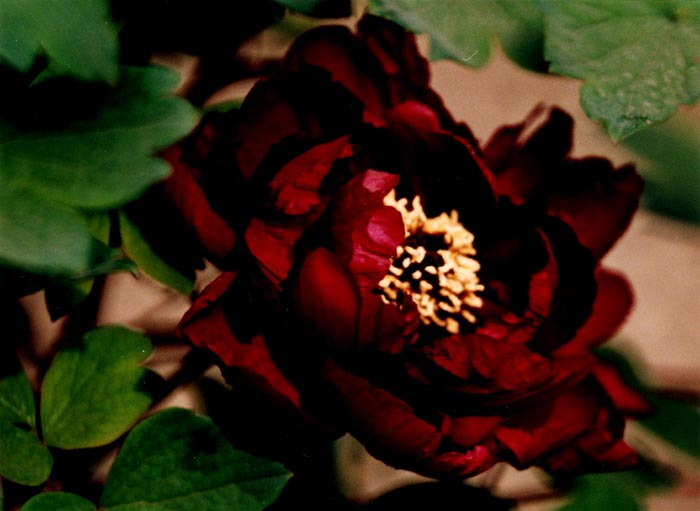
Rare Plants in China
Splendid
Chi Culture
Topic
Rare Plants in China
Environmental differences have given rise to a diversity of plant life across our planet. They not only provide food, raw materials for industry and ornaments for us, but they also form an indispensable component of our ecosystem. Botanical knowledge is of vital importance to human beings, and plant lore has become a branch of culture over the long course of history.
China abounds in plant resources with 470 families, more than 3,700 genera, and about 30,000 species of higher plants in total. In recent years, plants have been dying off faster than ever before as men have encroached on and destroyed their natural environment. In 1984, China announced the first list of 388 protected rare and endangered plant species. The country’s 400-odd national nature reserves and a greater number of local nature reserves play an important role in saving rare plants.
First class national protected plants include: Dawn redwoods (Metasequoia), angel fire (Cyathea spinulosa), Cathaya argyrophylla, handkerchief tree (Davidia involucrate Baill), golden camellia (Camellia nitidissima), ginseng (Panax ginseng), Taiwania flousiana, and Parashorea chinensis.
Dawn redwoods, one of the world’s rare relict plants, appeared on earth in the Cretaceous period of the Mesozoic era (137 million to 65 million years ago). After the Ice Age, the Metasequoia were almost extinct. In the 1940s, along the Hubei and Sichuan borders, Chinese botanists discovered a surviving specimen which was about 400 years old. Later, more Metasequoia were discovered in China. This tree has great significance to the study of ancient plants, climate, geography, and geology. On account of its great age it is called a “living fossil.”
Cathaya argyrophylla, boasting a history of more than ten million years, is a “national treasure” and ranks among the “giant pandas” of the plant kingdom along with Metasequoia and Ginkgo biloba. In the past, specimens of Cathaya argyrophylla were found only in Germany, Poland, France, and the former Soviet Union. It had long been considered extinct until the discovery of living specimens in Guilin, Guangxi province, in 1955. The discovery caused a sensation in the world’s botanical circles.
The invaluable Cyathea spinulosa is the only surviving ligneous fern today; all other existing ferns are herbaceous. Ferns are very old plants which originated during the age of dinosaurs 200 million years ago. Cyathea spinulosa used to grow all over the world, but only a few have survived to this day. Cyathea spinulosa can be found nowadays in Sichuan, Guizhou, southeastern Tibet, Yunnan, Taiwan, among other places.
Camellia forms a large botanical family. Its gorgeous blossoms are favored by horticulturists. People have succeeded in breeding camellia in colors of peach, pink, carmine, white, green, and purple but failed to produce a golden one until the 1960s when scholars discovered “golden camellia” in Guangxi. This discovery inspired gardeners all over the world. Golden camellia is called “cattle urine grass” in Guangxi for its extraordinary curative powers of diseased cattle. Studies show that camellia is also helpful in lowering blood lipids and glucose, and in preventing cancer.
Ginseng, the specialty of the three northeast provinces in China, is a famous medicinal plant. Having been used as medicine in China for more than 4,000 years, it is regarded as the king of the Chinese materia medica. Ginseng may help to enhance immunity, and resistance to cancer, tumors, and fatigue. Because of its somewhat humanoid shape, people in ancient times believed it also had a spirit. Legend has it that ginseng is a fair-complexioned, plump baby wearing a red stomacher and pigtails who possesses magical power.
The Chinese often personify plants. For example, bamboo, an evergreen plant, is compared to a gentleman of integrity; plum blossoms in winter are considered virtuous and brave; peony, gorgeous and sumptuous with large brilliant-colored blossoms, is dubbed the “king of flowers.”




